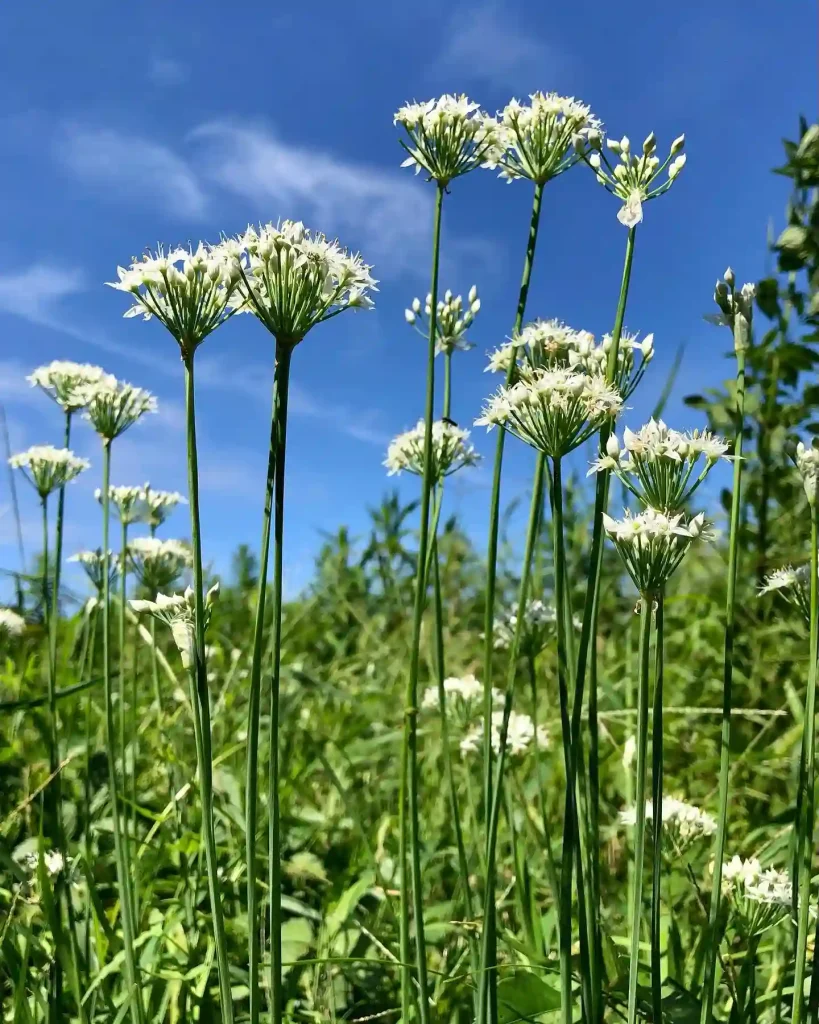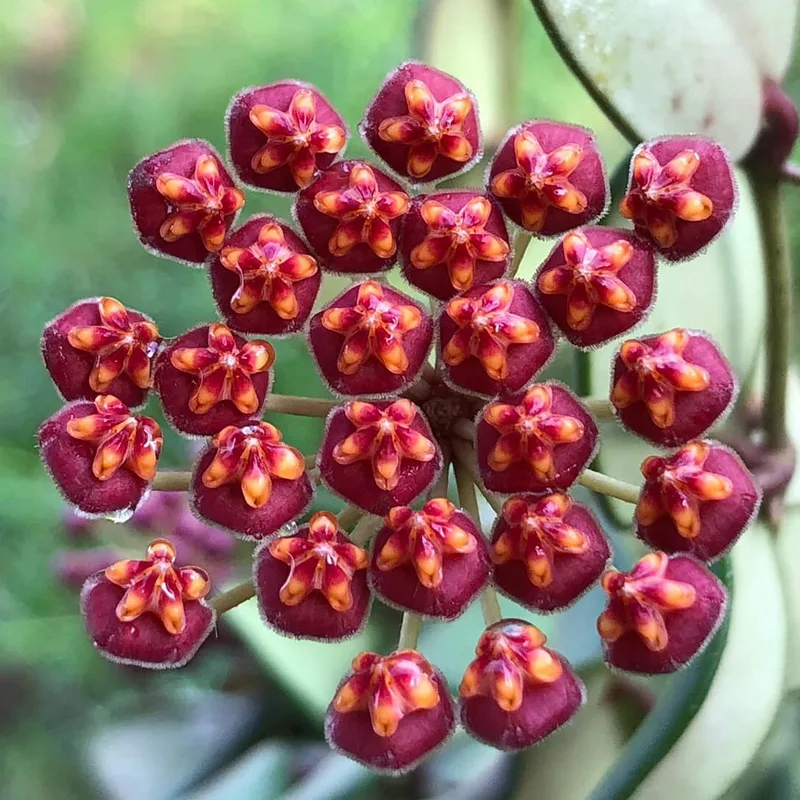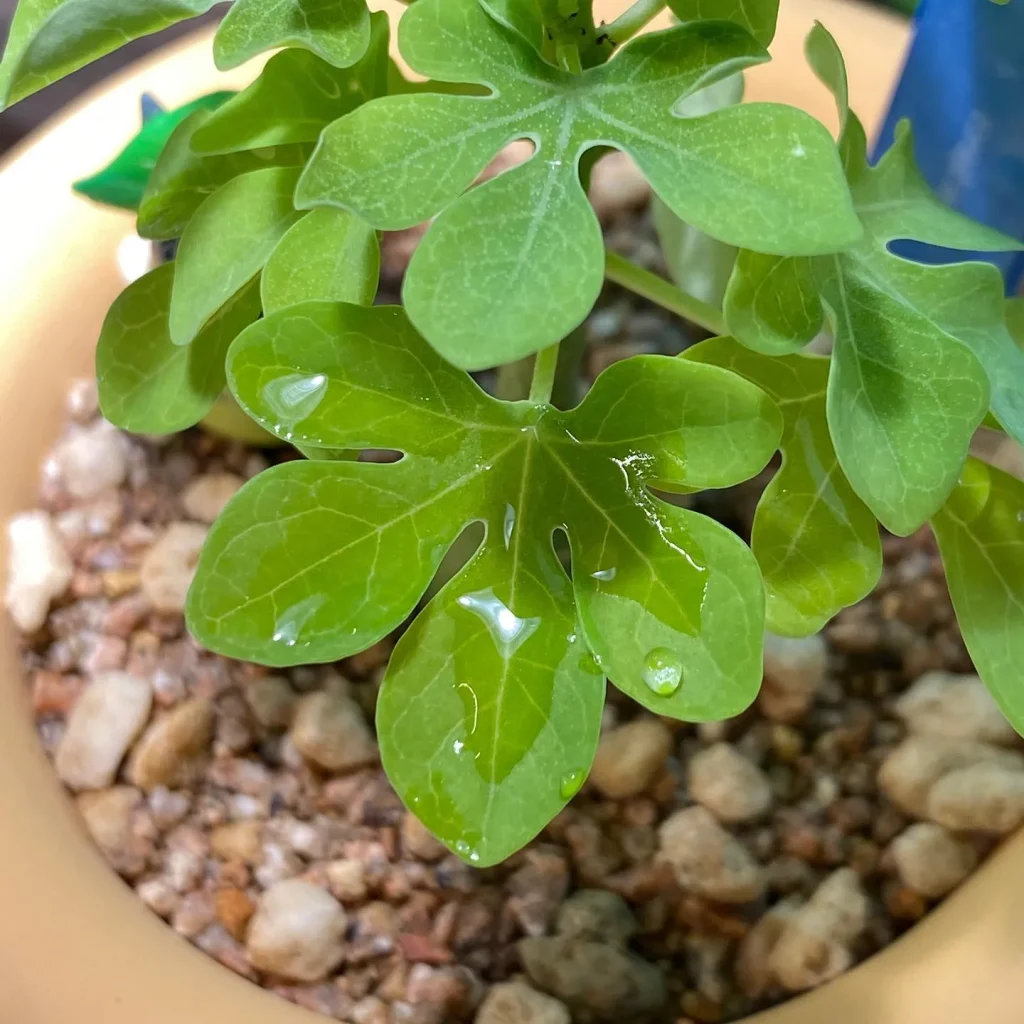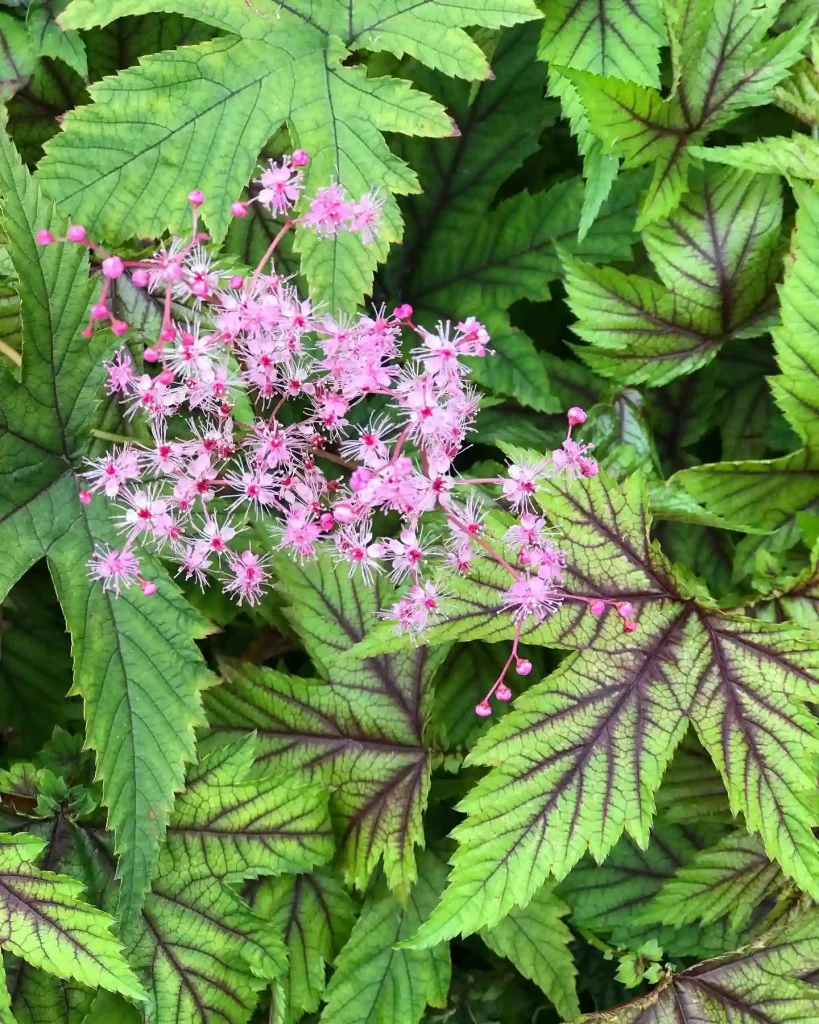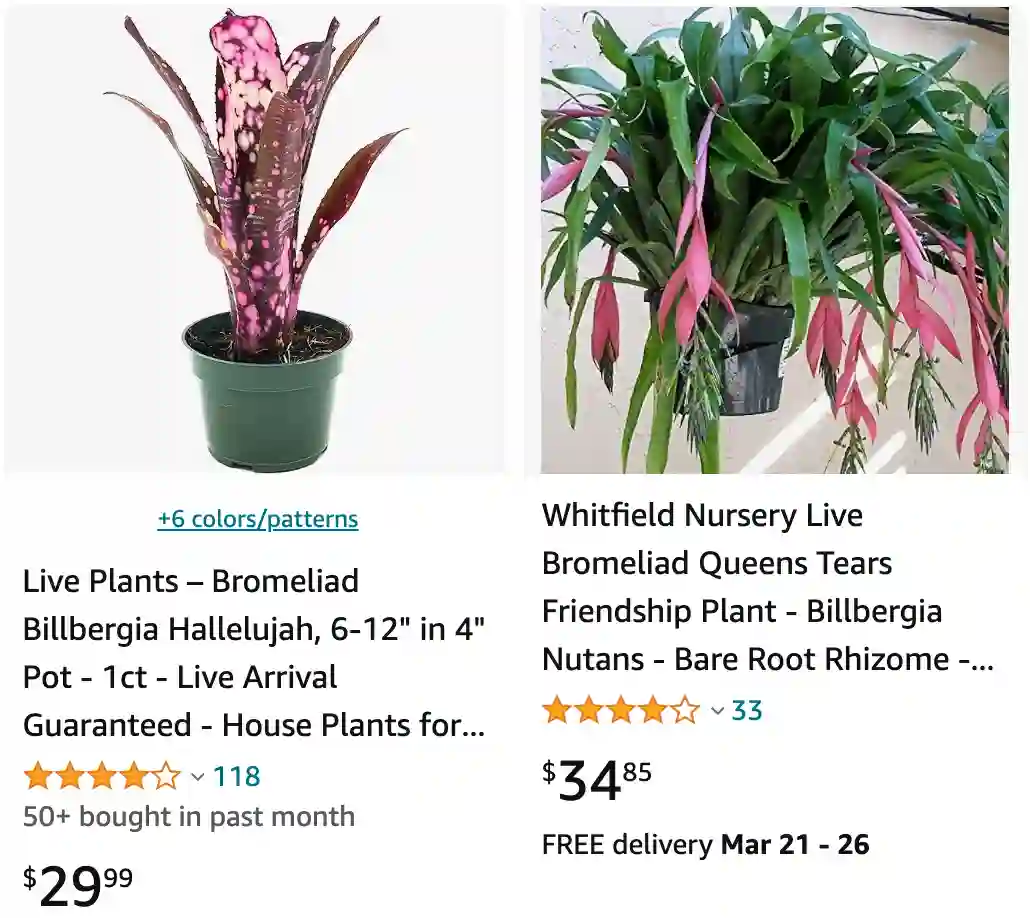
Billbergia: A Bromeliad Passion of Mine
The world of plants is vast and varied, full of wonders that never cease to amaze me. But among the many families and genera that capture my attention, the bromeliads, and specifically the genus Billbergia in the Bromeliaceae family, hold a special place in my heart. These fascinating plants, with their vibrant colors and unique forms, have captivated me since I first encountered them.
Why Billbergia?
What is it about Billbergia that draws me in? Perhaps it’s their resilience, their ability to thrive in diverse environments, from the humid rainforests of South America to the windowsills of city apartments. Or maybe it’s their striking appearance, with their rosette-forming leaves and inflorescences that burst forth in a spectacle of color. Whatever the reason, I find myself constantly drawn to these plants, eager to learn more about their diversity and cultivate them in my own home.
Billbergia are epiphytic, meaning they typically grow on other plants, such as trees, for support. This growth habit allows them to access sunlight and moisture in the rainforest canopy. However, they can also be terrestrial or lithophytic, growing on rocks or the ground. This adaptability is a testament to their hardiness and makes them relatively easy to care for, even for novice plant enthusiasts.
A Diverse Genus
The genus Billbergia is home to over 60 recognized species, each with its own unique characteristics. Some of the most notable species include:
- Billbergia acreana H.Luther
- Billbergia alfonsi-joannis Reitz
- Billbergia ambigua (L.B.Sm. & Read) Betancur & N.R.Salinas
- Billbergia amoena (G.Lodd.) Lindl.
- Billbergia brachysiphon L.B.Sm.
- Billbergia bradeana L.B.Sm.
- Billbergia brasiliensis L.B.Sm.
- Billbergia buchholtzii Mez
- Billbergia cardenasii L.B.Sm.
- Billbergia castelensis E.Pereira
- Billbergia chlorantha L.B.Sm.
- Billbergia × claudioi Leme
- Billbergia cylindrostachya Mez
- Billbergia dasilvae Leme
- Billbergia decora Poepp. & Endl.
- Billbergia distachia (Vell.) Mez
- Billbergia domingosmartinsis E.Gross
- Billbergia eloiseae Read & L.B.Sm.
- Billbergia euphemiae É.Morren
- Billbergia formosa Ule
- Billbergia horrida Regel
- Billbergia incarnata (Ruiz & Pav.) Schult. & Schult.f.
- Billbergia iridifolia (Nees & Mart.) Lindl.
- Billbergia issingiana T.Krömer & E.Gross
- Billbergia jandebrabanderi R.Vásquez & Ibisch
- Billbergia kautskyana E.Pereira
- Billbergia laxiflora L.B.Sm.
- Billbergia leptopoda L.B.Sm.
- Billbergia lietzei É.Morren
- Billbergia lymanii E.Pereira & Leme
- Billbergia macracantha E.Pereira
- Billbergia macrocalyx Hook.
- Billbergia macrolepis L.B.Sm.
- Billbergia magnifica Mez
- Billbergia manarae Steyerm.
- Billbergia matogrossensis Leme
- Billbergia meyeri Mez
- Billbergia microlepis L.B.Sm.
- Billbergia minarum L.B.Sm.
- Billbergia morelii Brongn.
- Billbergia nana E.Pereira
- Billbergia nutans H.Wendl. Plant FAQs: Billbergia Nutans
- Billbergia oxysepala Mez
- Billbergia pallidiflora Liebm.
- Billbergia pohliana Mez
- Billbergia porteana Brongn. ex Beer
- Billbergia pyramidalis (Sims) Lindl.
- Billbergia reichardtii Wawra
- Billbergia robert-readii E.Gross & Rauh
- Billbergia rosea Beer
- Billbergia rubicunda Mez
- Billbergia rupestris L.B.Sm.
- Billbergia sanderiana É.Morren
- Billbergia saundersii W.Bull Plant FAQs: Billbergia Saundersii
- Billbergia seidelii L.B.Sm. & Reitz
- Billbergia speciosa Thunb.
- Billbergia stenopetala Harms
- Billbergia tessmannii Harms
- Billbergia tweedieana Baker
- Billbergia violacea Beer
- Billbergia viridiflora H.Wendl.
- Billbergia vittata Brongn. ex C.Morel
- Billbergia zebrina (Herb.) Lindl.
How to Grow Billbergia?
Billbergias are air plants, meaning they absorb most of their moisture from the atmosphere through their leaves. This makes them ideal for forgetful plant owners like myself. Here’s what you need to know:
- Light: Billbergias prefer bright, indirect light. Avoid harsh midday sun, which can scorch the leaves. A spot near an east-facing window is perfect.
- Temperature: These tropical natives thrive in warm environments. Aim for temperatures between 65°F (18°C) and 80°F (27°C).
- Watering: Water your Billbergia when the soil feels dry to the touch. During the growing season, you can also fill the central cup (formed by the leaves) with water. Just be sure to empty it every week or so to prevent rot.
- Potting Mix: Use a well-draining, orchid or bromeliad mix. You can even create your own by combining equal parts orchid bark, perlite, and sphagnum moss.
- Fertilizer: A light feeding once a month during spring and summer with a diluted bromeliad fertilizer is sufficient.
How to Identify Billbergia by its Bloom?
Billbergias come in a wide variety of colors and shapes, making them a collector’s dream. Here are a few popular types and their blooming characteristics:
- Billbergia Pyramidalis: This variety boasts vibrant pink or red bracts (modified leaves) that surround tiny yellow flowers.
- Billbergia Saundersii: Known for its weeping habit, Billbergia Saundersii produces cascading green leaves with bright pink or purple flower spikes.
- Billbergia Dorothea: This compact bromeliad features stunning deep red bracts and contrasting yellow flowers that emerge from the center.
Repotting Billbergia: A Gentle Touch
Billbergias are relatively slow growers and may not need repotting frequently. However, if the plant outgrows its container or the potting mix breaks down, repotting might be necessary. Here’s how to do it gently:
- Choose a pot only slightly larger than the current one.
- Carefully remove the Billbergia from its pot, disturbing the roots as little as possible.
- Remove any dead or diseased leaves.
- Place the plant in the new pot and fill the gaps with fresh potting mix.
- Water thoroughly and avoid overwatering for the next few weeks.
Billbergia: Succulent or Not?
While Billbergias share some similarities with succulents, like their water-storing capabilities, they belong to a different botanical family (Bromeliaceae) altogether. Succulents typically have thick, fleshy leaves for water storage, whereas Billbergias store water in their central cup and absorb moisture through their leaves.
Is Billbergia brasiliensis Sometimes Called Queen’s Tears?
Absolutely! Billbergia brasiliensis, with its delicate, teardrop-shaped flowers and vibrant colors, has earned the nickname “Queen’s Tears.” It’s a truly captivating bromeliad that adds a touch of elegance to any indoor space.
Minimum Temperature for a Billbergia Plant?
Billbergias prefer warm temperatures but can tolerate occasional dips down to 50°F (10°C) for short periods. However, prolonged exposure to cold temperatures can damage the plant and hinder flowering.
By following these simple tips, you can enjoy the beauty of Billbergias for years to come. These captivating bromeliads are a wonderful addition to any home, adding a touch of the tropics and rewarding you with their vibrant blooms. So, why not give Billbergias a try and see the magic for yourself?
If i die, water my plants!
